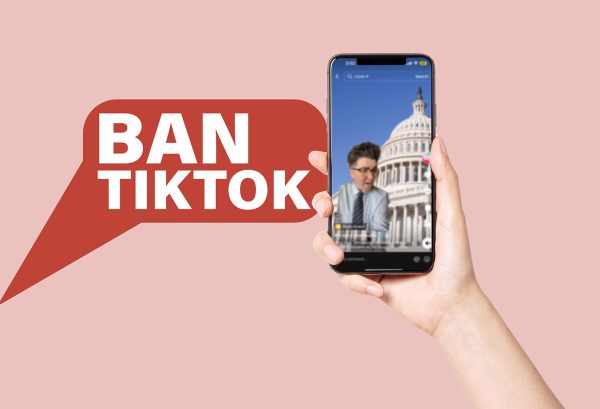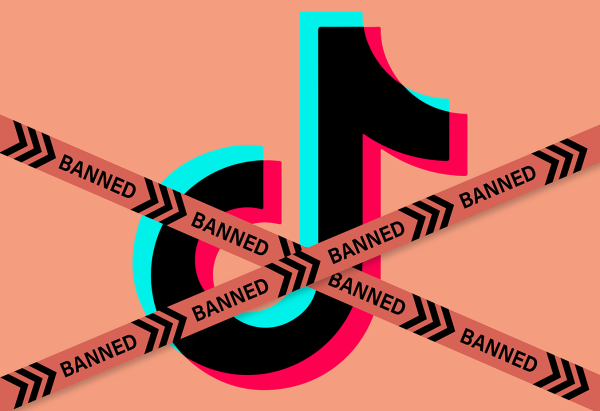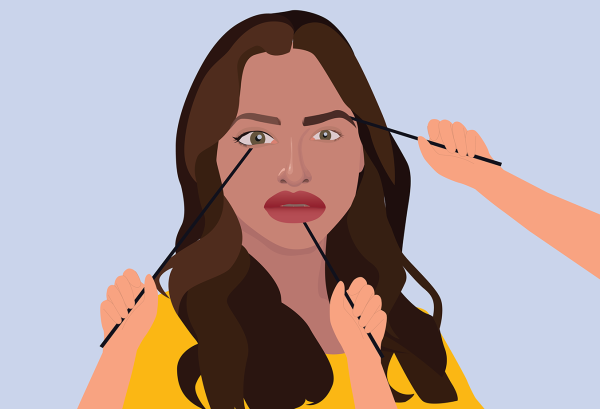Planned Obsolescence: Why your iPhone doesn’t work as well as it used to
November 30, 2018
The “Centennial Bulb” is a lightbulb in California that has been burning for 117 years. People are often shocked at the bulb’s longevity, and it’s popular enough that it even has its own webcam feed! The craziest thing, though, is that all light bulbs used to have such a long lifespan. That was before planned obsolescence became the industry norm.
The term “planned obsolescence” refers to a manufacturer purposely shortening the lifespan of a product to increase consumer demand. The lightbulb is hailed as the first example of this, when a manufacturer alliance in 1924 engineered bulbs that would only last 1,000 hours (thus, The Great Lightbulb Conspiracy was born).
Now, planned obsolescence is widespread and can be sorted into three main categories:
Systemic Obsolescence: Altering the system to make a product obsolete, e.g. iPhone updates that slow down your phone and printers that indicate ink cartridges are empty when they aren’t.
Contrived Durability: When products are designed to have a short life and/or be impossible to repair, e.g. the lightbulb, many toys, handheld electronics.
Perceived Obsolescence: When marketers convince buyers that the previous version of a product is now undesirable. E.g. the fashion industry.
Approximately 50 million tons of waste is generated per year due to planned obsolescence, around 85 percent of which ends up in landfills. It is therefore a huge environmental concern.
This wasteful sales-strategy is not, however, without its upsides. It creates more jobs and was a product of the Great Depression for this reason. Also, shorter lifespan often means cheaper parts, which results in a cheaper product for the consumer. Regardless, environmental concerns remain.
As UK students, combatting this immoral resource wastage comes down to our choices as consumers:
1) We can buy used (read: “pre-loved”) apparel at places like Goodwill, Platos Closet, POPs Resale, ebay, and Worn Wear Patagonia.
2) We can choose to repair rather than replace. iFixit is a wonderful site that explains how to repair technologies ranging from automobiles to ipods. Clothing repair stores in Lexington still exist, too.
3) We can change our mindset when it comes to needing the latest trends in technology and fashion.
4) We can visit Repair.org to sign the petition for Fair Repair legislation in our state.
5) We can buy durable items designed to last or be repaired, like the Fairphone or anything for the Cradle to Cradle certification registry.
6) We can recycle technology by returning iPhones to Apple in exchange for a 10 percent discount and dropping off other e-waste to this Lexington drop off site.
Companies in the ’50s and ’60s were pretty open about their desire to use planned obsolescence to help the economy. Now, consumers are being manipulated without their knowledge by for-profit enterprises.
Personally, I’m tired of watching my iPhone work slower after every update. I hope you are too, and will join me in using these strategies to conserve our natural resources and shift the market away from use of planned obsolescence.



























































































































































